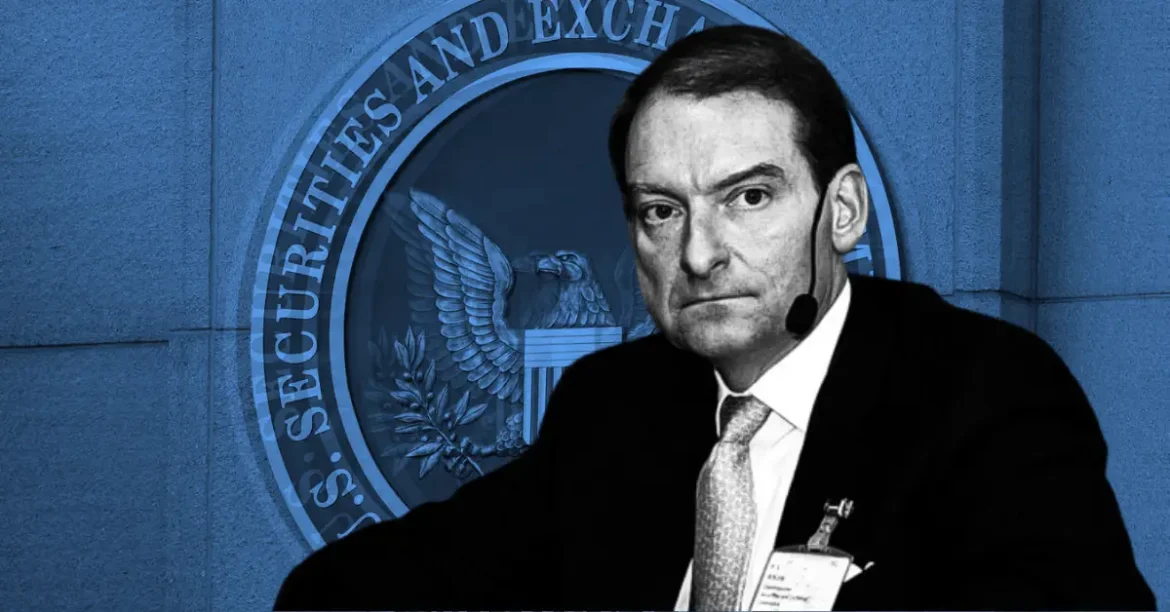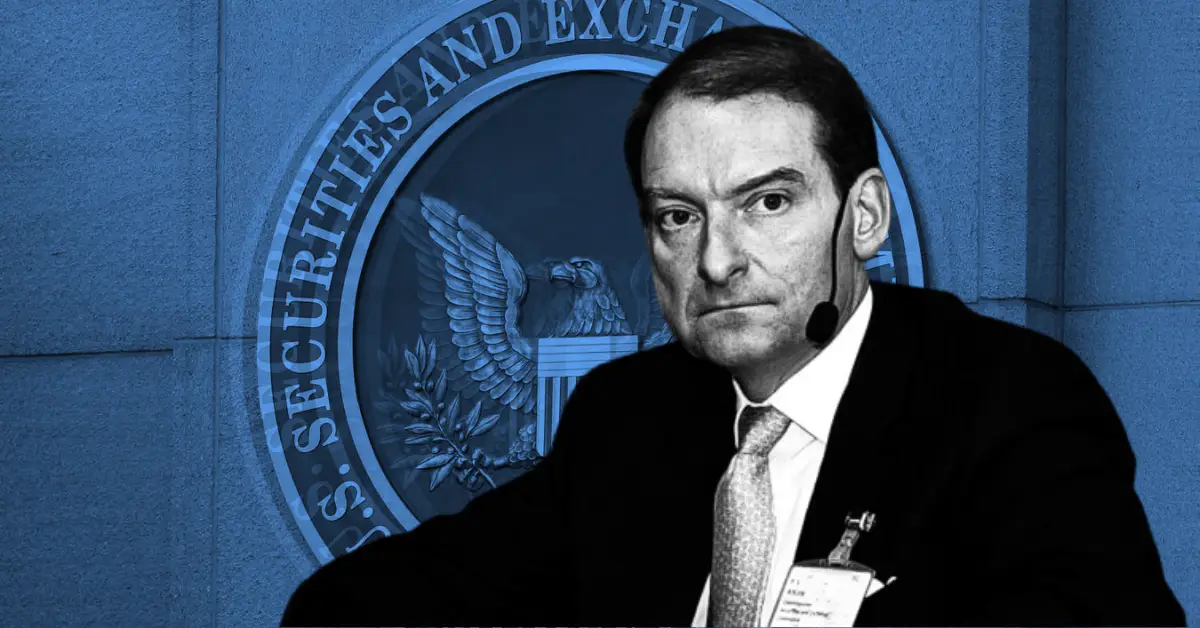Paul Atkins’ Appointment as SEC Chair: A Turning Point for Cryptocurrency Regulation
The financial world has witnessed a significant shift with the confirmation of Paul Atkins as Chair of the U.S. Securities and Exchange Commission (SEC). His appointment marks a clear departure from the regulatory stance of his predecessor, Gary Gensler, whose tenure was characterized by aggressive crackdowns on the cryptocurrency industry. Atkins’ approach signals a new era focused on providing clarity and fostering innovation within the crypto markets, engendering hope among industry participants and advocates alike.
Background: From Gensler’s Crackdown to Atkins’ Reform Promises
Gary Gensler’s leadership at the SEC saw a rigorous enforcement-driven strategy targeting crypto firms and tokens perceived to violate securities laws. While intended to protect investors and maintain market integrity, this method generated considerable criticism from the cryptocurrency community and some policymakers. Industry leaders described the regulatory environment as stifling innovation, citing the lack of clear guidelines and the prevalence of litigation and investigations.
Paul Atkins, a former SEC commissioner under earlier administrations and now the newly appointed chair, openly criticized the Gensler-era tactics as “regulation-by-enforcement” that contributed to “regulatory uncertainty.” He argued that this approach hampered the growth potential of crypto technologies and failed to provide the clear “rules of the road” that businesses and investors need to thrive. Atkins has vowed to pivot the SEC’s policy focus towards transparency, predictability, and constructive engagement with the crypto sector.
Clear Rules for Crypto: The Cornerstone of Atkins’ Vision
A central theme in Atkins’ regulatory philosophy is the establishment of explicit, well-defined guidelines for crypto-assets, particularly regarding which tokens qualify as securities. Unlike previous periods marked by ambiguity, Atkins stresses that clear, rational regulatory frameworks will reduce confusion and foster compliance.
He has emphasized the importance of distinguishing compliant firms from bad actors to protect investors while not quashing legitimate innovation. This approach includes supporting the SEC’s newly formed Crypto Task Force, which aims to craft policies that balance investor protection with technological progress. Atkins advocates a collaborative regulatory environment, encouraging dialogue with industry stakeholders to ensure rules keep pace with the rapidly evolving landscape of decentralized finance, token issuance, and crypto custody solutions.
Policy Implications and Industry Reception
The appointment of a crypto-friendly SEC chair has been met with optimism by many market participants. Following Atkins’ confirmation, notable gains were seen in key digital assets such as XRP and Reserve Rights (RSR), reflecting renewed investor confidence. Industry insiders highlight Atkins’ explicit criticism of the prior administration’s heavy-handed enforcement and his commitment to eschew reactive lawsuit-driven rulemaking in favor of proactive, rule-based governance.
This regulatory recalibration is expected to facilitate greater innovation within the U.S. crypto economy by lowering barriers to entry and providing certainty for developers and businesses. However, some Democrats and regulators remain cautious, concerned about ensuring that new rules do not inadvertently create loopholes or lessen oversight, especially given the potential risks associated with large banks engaging in crypto activities.
A Three-Pronged Strategy for the SEC’s Crypto Agenda
Atkins has outlined a multifaceted plan to transform the SEC’s approach to cryptocurrencies:
These pillars represent a deliberate shift from broad regulatory crackdowns toward a balanced framework aimed at protecting investors while embracing technological advancement.
Challenges and the Road Ahead
While the crypto community welcomes Atkins’ promises, challenges remain. The cryptocurrency market is inherently dynamic and complex, with ongoing debates about how best to classify digital assets, the role of decentralized platforms, and cross-border regulatory coordination. Moreover, political opposition, such as from prominent Senate Democrats and figures like Elizabeth Warren, indicates persistent contention regarding the SEC’s role and priorities.
Atkins will need to navigate these competing pressures while delivering on his pledge to reform crypto regulation. The success of his tenure will likely depend on the SEC’s ability to enact meaningful rule changes, the effectiveness of the Crypto Task Force, and maintaining a delicate balance between industry freedom and investor protection.
Conclusion: Ushering in a New Era for Crypto Regulation
Paul Atkins’ ascension to SEC Chair represents a pivotal moment for the U.S. cryptocurrency ecosystem. Rejecting the aggressive enforcement blueprint of the past, Atkins champions a vision of transparency, clarity, and innovation-friendly regulation. His focus on establishing defined rules and targeted enforcement provides a path toward unlocking the potential of blockchain technology while safeguarding market integrity.
As the crypto sector eagerly anticipates this regulatory reset, Atkins’ challenge lies in transforming promises into tangible policies that foster growth without sacrificing investor trust. If successful, his leadership could redefine the SEC’s legacy and shape a more supportive environment for cryptocurrency innovation in the years to come.





